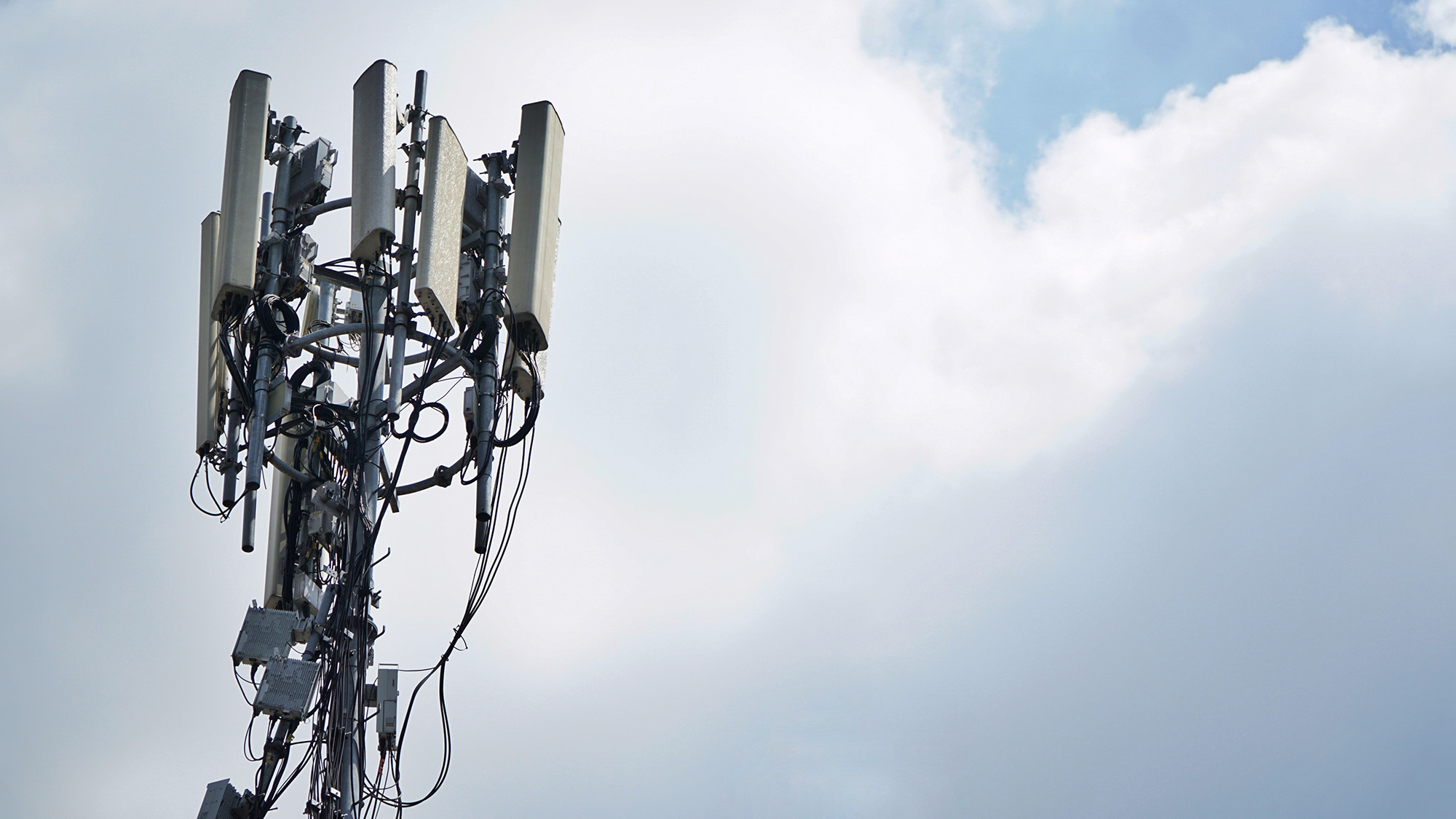
A new study out of the University College London managed to send wireless data over a 6G network at 938 gigabits per second, which would be more than 9,000 times the transfer speed of current 5G connections.
That amount of data is the equivalent of sending 500 emails in a second. As far as we know, that is the fastest transfer of multiplex data to date. Multiplex data combines multiple analog or digital streams into one signal.
The study, published in the Journal of Lightwave Technology (via New Scientist), was an experiment using a wider frequency bandwidth to improve data transmission.
The experiment appears to be aimed at improving data transmission, especially during congested events like concerts and sports, where current mobile networks can become compromised by the amount of data people attempt to send and receive. In general, this can be blamed on the bandwidth limit on 5G networks, where most are capped around 6GHz. In the US, it's typically between 2.5 and 4.2GHz.
The UCL study broadened the frequency range from 5GHz to 150GHz using a mixture of radio waves and light.
According to study author Zhixin Liu, typical digital-to-analog converters use radio waves to send data, but starts to stutter at higher frequencies. Liu's and his colleagues combined radio waves for the lower range and lasers at the upper end to create a wider bandwidth. They say that this wider band can be read by new hardware that could be put in future smartphones.
According to New Scientist, single signals have been capable of "exceeding 1 per second," but multiplex data allows for working when networks get congested.
Liu told the site, "Just like with traffic, you need wider roads to carry more cars." In his mind, widening the frequency ranges is like going from a two-lane highway to a six-lane freeway."
According to Liu, because of the study, his team is in conversation with smartphone manufacturers and network operators in the hopes that future 6G networks will utilize their work.
In late 2023, it was reported that Apple had started to build a 6G capable modem, though their first in-house 5G modem is supposed to debut on the iPhone SE 4 next year in an attempt to move away from Qualcomm.
We've been hearing about 6G since at least 2021, and Samsung predicts that we won't see the new network speed until 2028. Samsung last announced a partnership with Princeton University in February 2024 to research 6G and create standards for the future network.
We could see Liu's technology in future 6G hardware, but we're still at least a few years away from a 6G-capable smartphone hitting the market.







